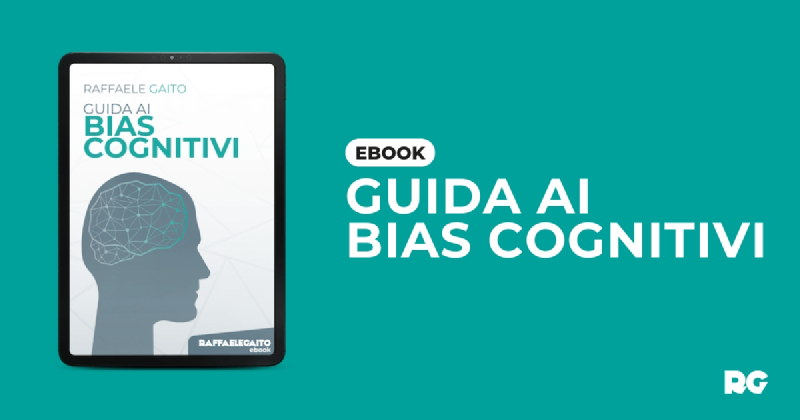Introduction
The Cognitive Bias Guide is a book that helps us discover and understand the mechanisms that influence our thinking and decisions. Cognitive biases are systematic errors that we all make in reasoning, often without realizing it. This book offers practical examples and ideas to recognize and address these mental traps, allowing us to improve our decision-making process.
Book Summary
The Cognitive Bias Guide explores how our mind simplifies reality to save energy, but at the cost of introducing distortions in reasoning. It explains why cognitive biases develop and how they affect different aspects of our lives, from everyday choices to important decisions. Among the biases covered, we find:
- Confirmation bias: The tendency to seek information that confirms our beliefs.
- The Dunning-Kruger effect: The overestimation of one’s own skills by those with little experience in a field.
- Loss Aversion: The tendency to fear losses more than we value gains.
Understanding Cognitive Biases: The Key Point of the Book
The book shows us how cognitive biases are the result of heuristics, or mental shortcuts that the brain uses to deal with the complexity of the world. These shortcuts, while on the one hand helping us save time, on the other hand can lead us to incorrect conclusions or suboptimal choices.
Examples of Cognitive Biases
- Confirmation Bias: Imagine wanting to buy a new smartphone and only reading reviews that speak positively of it, ignoring the negative ones.
- Availability Heuristic: Estimating the probability of an event based on easily remembered examples, such as thinking that plane crashes are more frequent than they actually are just because we hear about them on the news.
- Framing Effect: Changing your opinion on a proposal based on how it is presented (for example, preferring a product “90% fat free” to one “with 10% fat”).
Why is it Important to Recognize Them?
Being aware of cognitive biases allows us to:
- Avoid recurring errors: For example, we can reduce the impact of confirmation bias by actively seeking opposing points of view.
- Improve decisions: In both our personal and professional lives, recognizing our biases makes us more objective.
- Promote critical thinking: Becoming more aware of our cognitive limitations pushes us to think more deeply.
Conclusion
The Guide to Cognitive Biases is an essential book for anyone who wants to improve their mental awareness and make more informed decisions. It is an inspiring read, full of examples that invites us to examine the way we think and discover how to avoid the most common mental traps.
